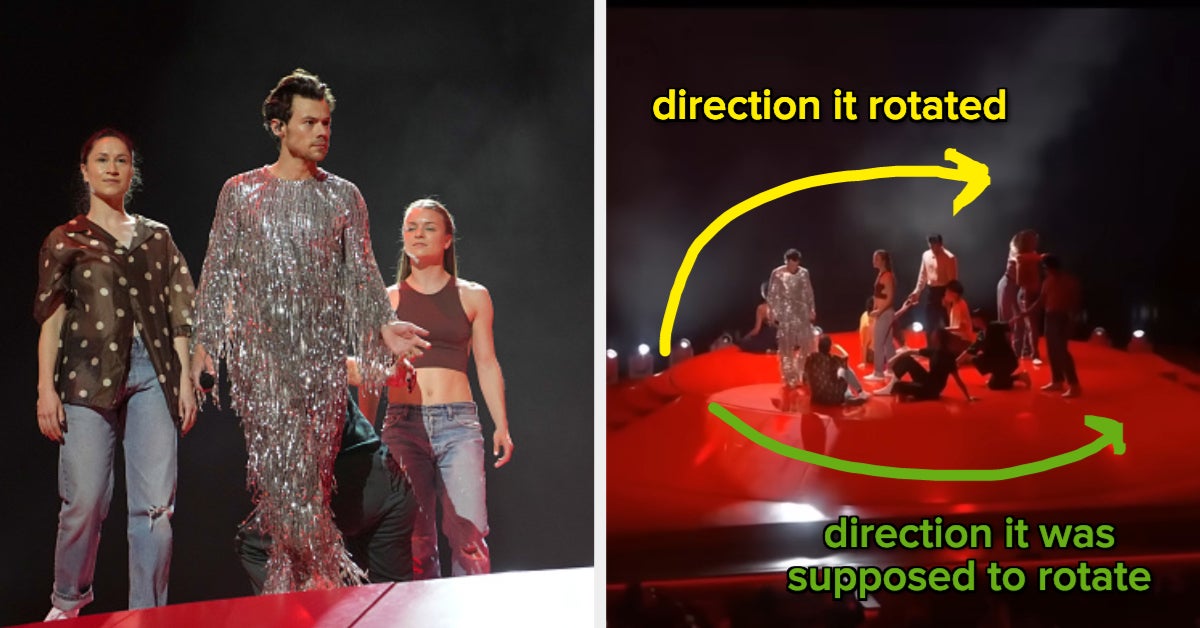
I am a big proponent of R-rated horror. More often than not, an R-rating allows a filmmaker to push boundaries and pull out the stops. As such, the vast majority of my favorite genre pictures have been slapped with a ‘restricted’ classification by the Motion Picture Association of America. With that said, there are exceptions to every rule. Every so often, a filmmaker is able to deliver atmospheric thrills and chills with a PG-13 rating.
I’m not talking about instances where the premise has been watered down solely for the sake of appealing to a wider audience. No, I am talking about those rare occasions where the subject matter works just as well without the benefit of visceral gore, pervasive language, or adult situations. The aforementioned elements certainly add a level of excitement to the proceedings. But under the right circumstances, a more restrained approach can be shockingly effective.
I previously put together a list chronicling a handful of examples of this very phenomenon which you can check out right here. Since the aforementioned list was well-received by our audience, I am back at it again. Yes, dear reader, I have returned with four more PG-13 horror films that prove an R-rating doesn’t always lead to a better film. Read on and be sure to let us know your thoughts on Facebook and Twitter.
Lights Out

Director David F. Sandberg really hit it out of the park with his feature-length debut. He creates palpable tension and a profound sense of dread with the use of lighting (or lack thereof) and eerie camerawork. There are a number of supremely terrifying scares featured throughout Lights Out. And considering that the characters are accessible and well-developed, you really come to invest in their plight. While there is very little bloodshed on display, the intensity and atmosphere create a level of terror that supersedes the need for gore. The film makes the most of its PG-13 classification and there’s nothing an R-rating could have done to make it more effective.
This intense, supernatural chiller follows a mother and her two children as the three of them work together to overcome mental health struggles and go toe-to-toe with a malevolent demon that lives in the shadows.
The Gate

The Gate is likely the first horror film I ever watched. It played during the Saturday morning cartoon hour when I was young and I was absolutely blown away by it. The flick is intense, atmospheric, and metal AF. The tiny demons terrified me as a kid. And I still find them plenty creepy upon repeat visits. The Gate works so well, in part, because it isn’t afraid to put its youthful protagonists in unspeakable danger. That’s something I really identified with as a child. Children are usually treated as sacred onscreen. So, the idea of putting a group of them in real peril raises the stakes and makes The Gate pretty terrifying. Accordingly, it’s a great example of a film that makes the most of a PG-13 rating classification. To push for an R-rating would have been foolish and would only have served to alienate the film’s target audience.
The Gate follows Glen (Stephen Dorff), who’s left home alone while his parents leave town. With the place to himself, Glen and his best pal Terry (Louis Tripp) accidentally unleash a hoard of demonic creatures via a hole in the backyard. Whoops.
47 Meters Down

This sharksploitation effort features a surprisingly likable cast and intense action sequences. Though the carnage isn’t off-the-charts, it doesn’t need to be. The cast is meant to be more than shark bait. The proceedings are fast-paced; the twists are effective; and the tension ultimately reaches the point of being nearly unbearable. An R-rating wouldn’t have raised the stakes any higher. Director Johannes Roberts makes the wise decision to lean into atmosphere over viscera and that pays dividends. The less said about the film’s 2019 sequel, however, the better.
This PG-13 offering features Mandy Moore as Lisa, a young woman vacationing in Mexico with her sister, Kate (Claire Holt). On a whim, the siblings opt to go cage diving. What starts out as a thrilling experience turns into a waking nightmare when a malfunction sees the ladies trapped on the ocean floor and surrounded by blood-thirsty great white sharks.
1408

1408 is one of my favorite Stephen King adaptations. The flick makes great use of a single location and director Mikael Håfström serves up expertly crafted scares throughout. The visuals are stunning. John Cusack’s performance is top-notch. And the tension is palpable. Part of what makes this picture so harrowing is the idea that Cusack’s character is a skeptic who repeatedly debunks claims of paranormal activity. That distinction serves to foster a false sense of security in the audience. As such, when matters escalate, the viewer is rendered off guard.
While this film is absent of gratuitous gore, it works rather perfectly as it stands. An R-rating wouldn’t have made 1408 a better film. In fact, it would have felt disingenuous if this picture were edgier. The central storyline is about a dad searching for a connection to his deceased daughter. So, to spice the proceedings up with extra viscera would have felt cynical and misguided.
At the center of this 2007 adaptation is Mike Enslin (Cusack), a man desperately seeking to prove the existence of life after death. His quest is driven by the untimely loss of a child. In his quest to prove the existence of the paranormal, Mike is trying to prove to himself that he will see his little girl again one day. That serves as a beautiful emotional backbone and makes Mike quite relatable.




























